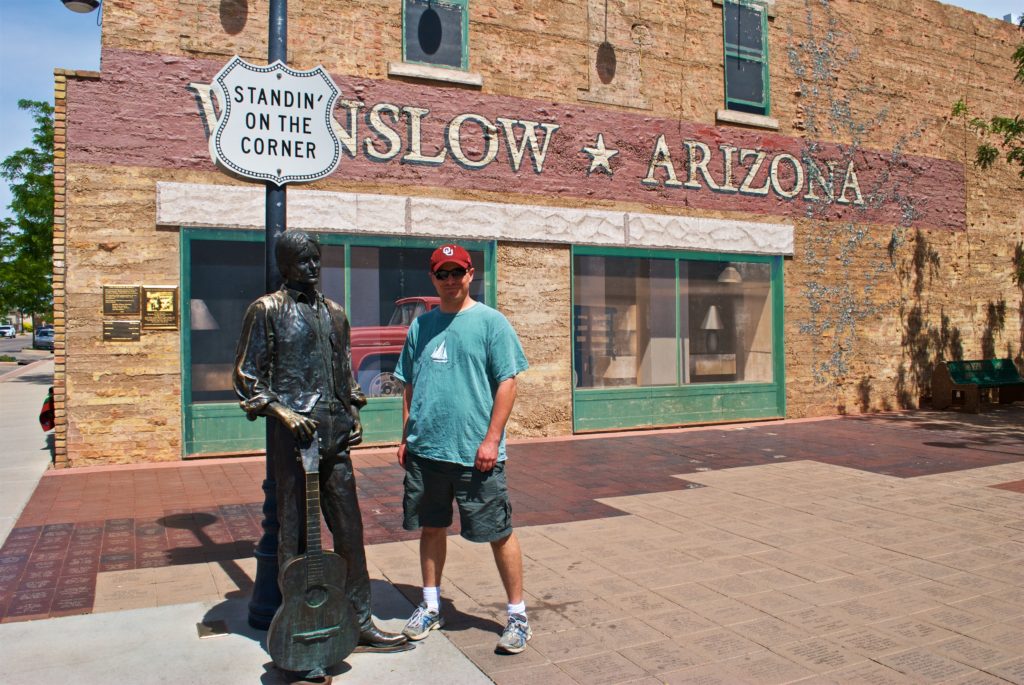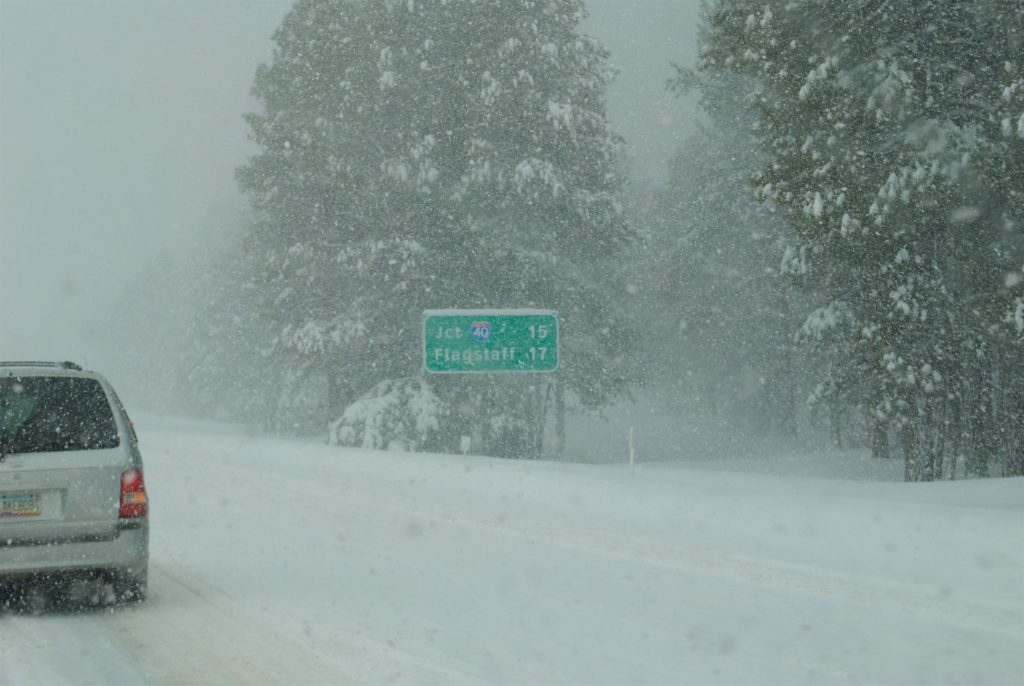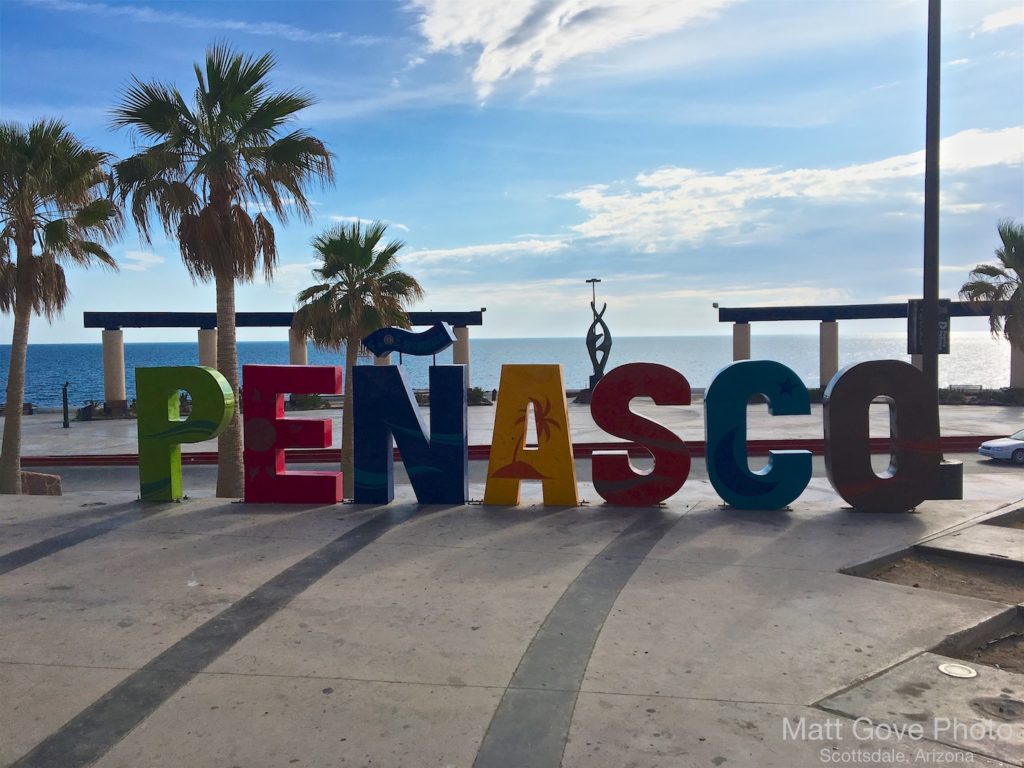When you think of Arizona, you probably think of endless sunshine, beautifully mild winters, the Sonoran Desert, outdoor living, the Grand Canyon, and much more. While that is true, there is so much more to Arizona than that. Let’s take a look at some obscure facts about Arizona that are interesting, fascinating, and borderline bizarre.
1. Arizona Doesn’t Observe Daylight Saving Time
Arizona is one of only 2 US states that does not observe Daylight Saving Time (Hawaii is the other). The state is on Mountain Standard Time year round. Arizona opted out of Daylight Saving Time in 1966 because of the extreme heat in the summer. With the sunset being an hour earlier in the summertime, there’s at least a prayer of having it start cooling off in the evening. While that may feel like wishful thinking at times, it’s really nice not having to change your clocks twice a year.
2. But Part of the State Does
The Navajo Nation, which covers much of the northeast quadrant of Arizona, does observe Daylight Saving Time. The Navajo Nation observes DST because the vast majority of it is located in Colorado and Utah, 2 states that do observe DST.
Obscure Fact: There is a part of the Hopi Nation, which does not observe DST, that is an enclave inside of the Navajo Nation. If you drive across northeast Arizona in the summertime, you will go in and out of Daylight Saving Time several times.
During one of the nights I spent in the Hopi Nation, the hotel I was staying at was quite literally right on the border between the Hopi and the Navajo Nations. The road the hotel was on was the border. I left the hotel, which was in the Hopi Nation at 7:15 PM. I walked across the street to get a sandwich for dinner. It was 8:15 at the sandwich shop in the Navajo Nation.

3. Arizona is not the Hottest Place in the United States
While Arizona (especially Phoenix) is well-known for its sizzling summers, it’s actually not the hottest place in the United States. That title belongs to Death Valley, which sits nearby in Southern California.
During the summer heat waves, the aptly named town of Furnace Creek has flirted with 130 degrees Fahrenheit (55 C). Furnace Creek is where you’ll find the visitor’s center for Death Valley National Park. The thermometer at the visitor’s center actually broke 130 F during the June, 2017 heatwave.
Furnace Creek has recorded temperatures as hot as 134 F (57 C). For context, the hottest temperature ever recorded in Phoenix was 122 F (50 C) in June 1990. The hottest temperature ever recorded in Arizona was 128 F (53 C) at Lake Havasu City in June 1994.
On the flip side, the coldest temperature ever recorded in Arizona was -40 F (-40 C) at Hawley Lake (near Pinetop-Lakeside in the White Mountains) in January, 1971. Which is a perfect segway into the next point…
4. Arizona is Home to One of the Snowiest Cities in the United States
Flagstaff is the #2 snowiest city in the US among cities with a population greater than 50,000. At an elevation of 7,000 feet (2,134 meters), Flagstaff averages 102 inches (259 cm) of snow every year. It beats out cities such as Buffalo (#5), Boulder (#6), and Duluth (#7). It’s also home to Arizona’s biggest ski resort. Summer temperatures rarely exceed 85 F (30 C), making Flagstaff a great escape from the low desert heat .
Any guesses as to what the #1 city on that list is? That award goes to Syracuse, New York, which averages a whopping 124 inches (315 cm) of snow every year.

5. The Original London Bridge is Located in Arizona
No, this is not some gimmick where the bridge came from a nearby town called London. The original bridge that spanned the River Thames in London, England starting in 1830 was dismantled in 1967. Crews relocated it to Lake Havasu City, Arizona. It now links an island in the Colorado River with the main part of Lake Havasu City. While the bridge has been refurbished to meet modern safety standards, many of the original exterior granite blocks that date back to the 1830’s are still on the bridge today.
6. You Can Get to the Ocean in a 3.5 Hour Drive from Phoenix
Yes, Phoenix is a 6-7 hour drive from the beaches of Southern California (without traffic). Desert dwellers who want a taste of the ocean a little closer to home and with far less traffic can head south of the border to Puerto Peñasco, Sonora, Mexico. Puerto Peñasco sits at the top of the Gulf of California an hour from the border crossing at Lukeville, Arizona.
Puerto Peñasco used to be a small fishing village. It has grown into a popular getaway for Phoenicians looking to escape the summer heat or the hustle and bustle of city life. With the desert meeting the ocean and no shortage of outdoor activities, people of all ages are bound to have a good time. And don’t forget to sample some of the region’s world-famous shrimp and seafood.

7. Arizona has a Law Called the Stupid Motorist Law
This has got to be my favorite obscure fact about Arizona. With an abundance of stupid motorists everywhere these days, it’s nice to see we’re at least trying to hold them accountable for their actions.
Arizona actually enacted the law back in the 1990’s. It states that any motorist who gets stranded after driving around barricades and into a flooded road, wash, or other public area may be charged for the cost of their rescue.
Yes, it’s a bit of an obscure law. I usually see around 2 or 3 instances of it on the news every summer. Several idiots get charged under this law when the monsoon floods roads and washes. It’s always good entertainment anyway.
So there you have it. Seven weird, new things you can now tell your friends you know about this beautiful, crazy, and sometimes downright bizarre state I call home. Until next time.